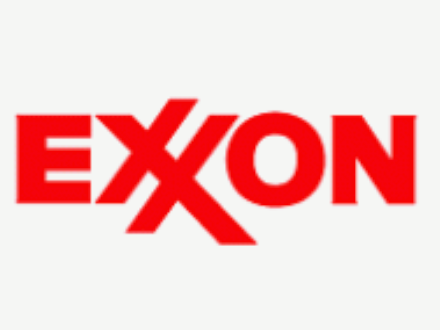ExxonMobil’s Q2 2025 earnings call spotlighted a company doubling down on technology as the engine of future growth in the Permian Basin. By pairing record production with breakthrough innovations—such as lightweight proppants that boost recovery rates and extended laterals that stretch capital efficiency—Exxon is signaling that it’s nowhere near “peak Permian.” Darren Woods made clear that efficiency gains, faster drilling rhythms, and scalable infrastructure are all converging to sustain momentum. The company’s stretch target to double unconventional recovery rates sets an ambitious benchmark, while its integrated model—spanning chemicals, lubricants, and refining—shows how technology is being leveraged across the value chain to unlock long-term value.
Drilling Engineer Contact Directory – $25
Includes: Account. Contact, Title, Email, Location…..
Here’s a structured recap of ExxonMobil’s Q2 2025 earnings call remarks on the Permian Basin, integrating production milestones, technology adoption, and rig cadence performance:
📈 Production & Growth Targets
- Record Output: Produced ~1.6 million boe/d in Q2 2025 (all-time Permian high for Exxon).
- Future Growth: Targeting 2.3 million boe/d by 2030.
- Strategic Positioning: Darren Woods emphasized Exxon is not near “peak Permian”, countering industry skepticism.
🔬 Technology & Efficiency
- Lightweight Proppant
- Manufactured from petroleum coke at Exxon refineries.
- Improves fracture conductivity → up to 20% recovery uplift (vs. 15% in Dec 2024).
- Already deployed in 100+ wells, with 150 more planned for 2025.
- Extended Laterals
- 4-mile laterals enabled by contiguous acreage position.
- Exxon claims better capital efficiency vs. peers drilling 2-mile laterals at higher cost.
- Tied to Woods’ stretch target: double unconventional recovery rates from ~7% industry average.
- Beyond Upstream
- Technology also applied in chemicals & lubricants:
- Singapore resid conversion unit (first-of-its-kind).
- Advanced base stocks & Proxxima systems for high-performance lubricants.
- Technology also applied in chemicals & lubricants:
⛏️ Wells Drilled (U.S. since 2024)
- Quarterly Breakdown
- 2024Q1: 216
- 2024Q2: 208
- 2024Q3: 187
- 2024Q4: 174
- 2025Q1: 178
- 2025Q2: 234 (strongest in period)
- By State/Province
- Texas: 913
- New Mexico: 366
- Other states (minor activity): ND (15), LA (4), OK (1)
⚙️ Permian Rig Cadence Performance (2025)
👉 Measured by average and median days between activity dates
- Fastest Rigs
- Nabors X20 – Avg: 12.5 days | Median: 9 days
- H&P 502 – Avg: 15.1 days | Median: 9.5 days
- Efficient Rigs
- H&P 532 – Avg: 11.6 | Median: 12
- H&P 552 – Avg: 11.6 | Median: 8
- Nabors X12 – Avg: 12.0 | Median: 11
- Slower Rigs
- Nabors X34 – Avg: 15.8 | Median: 11
- H&P 549 – Avg: 15.4 | Median: 12
👉 Takeaway: Most rigs complete wells in 9–13 days. Nabors X20 is the fastest, while Nabors X34 and H&P 549 trail as the slowest.
✅ Summary Insight:
ExxonMobil continues to lean on technology as the differentiator in the Permian, pushing both faster drilling cycles and higher recovery rates through lightweight proppants and long laterals. The company is on track with its production growth goals, and rig cadence data confirms a steady 9–13 day drilling rhythm, underlining efficiency improvements.



